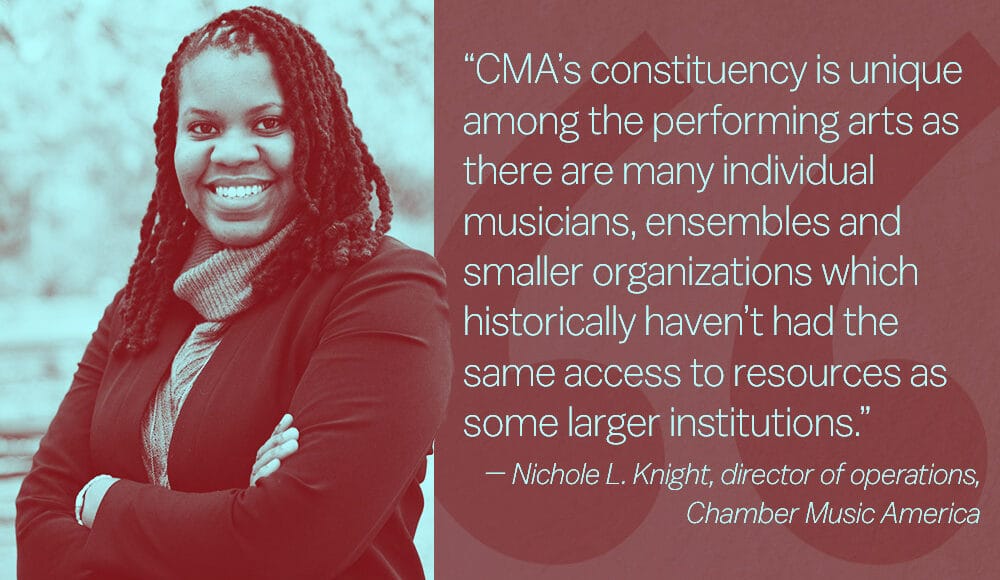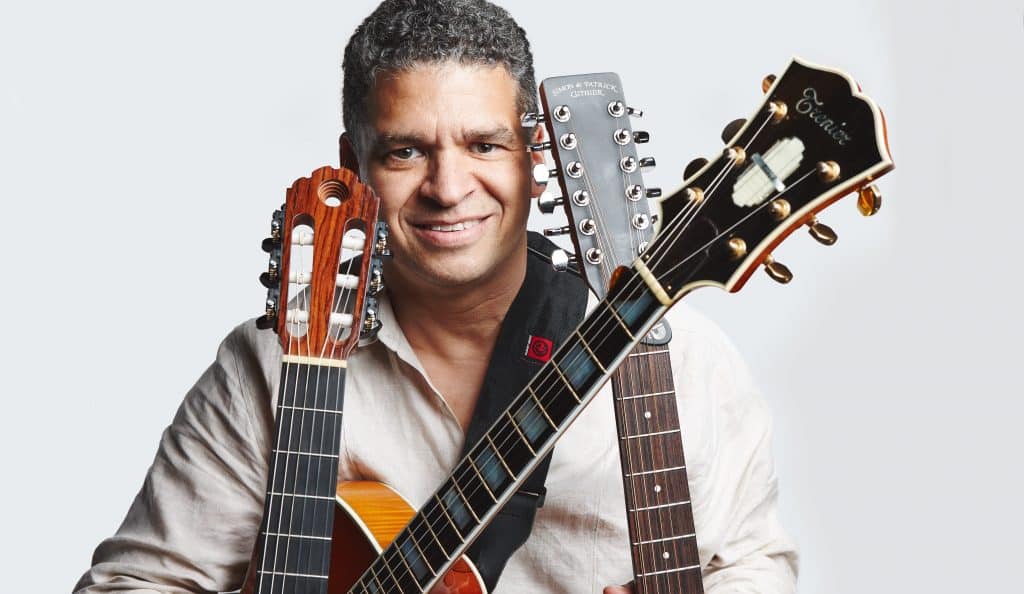Wallace Foundation Blog: Taking the Pulse of Small Ensemble Music
Chamber Music America field surveys reveal innovation and resilience despite the pandemic’s challenges

The field of small ensemble music, despite its name, is mighty. It spans a range of genres—including classical, contemporary, jazz and more—performed by small groups of musicians (think: duet, trio, quartet, etc.) with one person per part, typically without a conductor. The musicians in these ensembles often function independently and generally work with fewer resources than those available to larger arts organizations. Still, these small groups have long persisted in the face of adversity, even during the Covid-19 pandemic. For example, The Westerlies, a New York-based brass quartet, figured out how to use technology to perform together, in sync, while quarantined in their homes. Similarly, the Hyde Park Jazz Festival, kept from its large outdoor stages and intimate indoor clubs on the South Side of Chicago, turned to livestreams and pop-up concerts in driveways, backyards and parks to bring music to Chicagoans where they live.
Chamber Music America (CMA), a national service organization that represents nearly 4,000 musicians, ensembles, presenting organizations, businesses and affiliates, conducted a series of Wallace-supported surveys to better understand the difficulties the field has faced and the ways in which they have worked to overcome them. The first survey, launched in April 2020, came as organizations were shutting down in response to Covid-19. Subsequent surveys in June 2020 and June 2021 show how small ensembles have adapted as the pandemic drags on.
We connected with Nichole L. Knight, CMA’s Director of Operations, over email to help understand what survey results reveal. A transcript of our conversation follows, with minor edits for readability.
Read the full interview on The Wallace Foundation’s blog.



